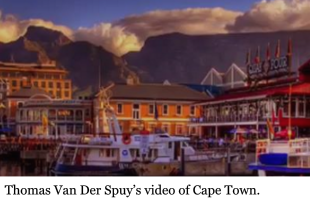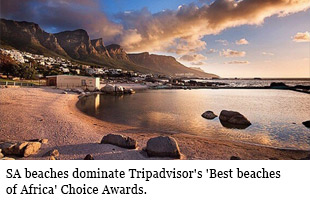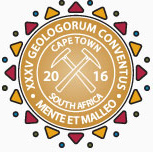
35TH INTERNATIONAL GEOLOGICAL CONGRESS
27 AUGUST - 4 SEPTEMBER 2016 | CAPE TOWN, SOUTH AFRICA
Sponsors
Keystone Sponsor


Diamond Sponsor


Gold Sponsor


Silver Sponsor
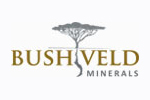


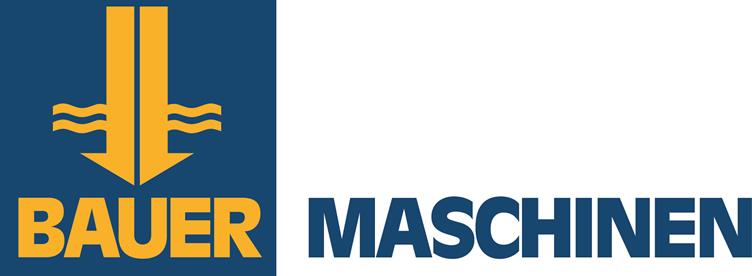




Business Centre Sponsor


Publication Sponsor




Social Function


Plenary Speaker Sponsor


Speaker Gift Sponsor


Post Graduate Fund


Registration


Welcome Drinks


Lunch Time Drinks


Publication &
35 IGC SAGPGF
35 IGC SAGPGF

35 IGC SAGPGF




MY IGC APP


Symposium Sponsor

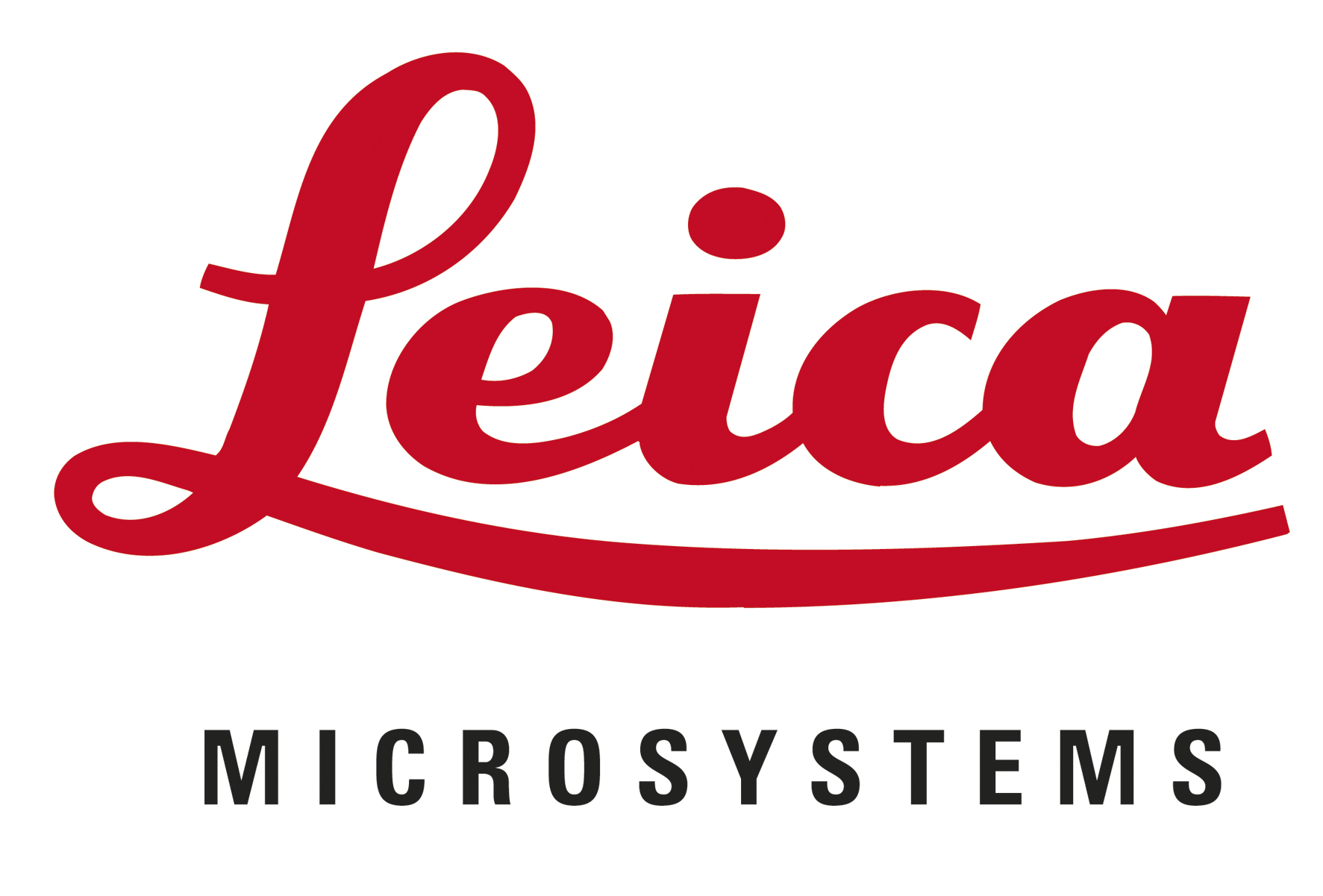


Audit Sponsor
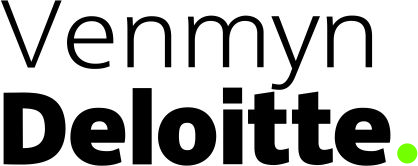

35TH INTERNATIONAL GEOLOGICAL CONGRESS
27 AUGUST - 4 SEPTEMBER 2016 | CAPE TOWN, SOUTH AFRICA
My IGC
Symposium Details
| Title | Description | Convenors |
|---|---|---|
| Rift to drift transitions at passive margins | New geophysical data sets, field studies and dynamic and numerical modeling are rapidly refining our concepts of rifting and continental breakup. In turn, these concepts prompt as many new questions as they do answers. This session aims to highlight recent advances and unresolved questions, and provide debate on key issues concerning sequence and process in rifting, continental breakup, and early drifting. Does rifting continue into breakup, or do different processes take over? What are the vertical motions associated with rifting and breakup? Are syn-rift and breakup magmatism necessarily related? Can ultra-slow extension be associated with magmatic breakup (SDRs)? What underlies SDRs at magmatic margins, and what is responsible for their dip? Does lateral magmatic flux play a role in subsidence history? How do SDR complexes transition into oceanic crust? What is the lithospheric structure of marginal offsets in rifted margins? What are the short- and long-term heat flow consequences of differing crustal types? How does underplating actually occur, and does it affect subsidence and heat flow history? These and other questions should provide the basis for a state of the art snapshot of passive margin formation, which in turn sets the stage for assessing petroleum systems. | James Pindell and Rod Graham |
 Field trips
Field trips  Sponsorship & expo
Sponsorship & expo  Registration
Registration Tours
Tours  Promotion
Promotion 














 Conference Programme
Conference Programme  Field trips
Field trips  Sponsorship & expo
Sponsorship & expo  Volunteer
Volunteer  GeoHost
GeoHost  Registration
Registration Tours
Tours  Promotion
Promotion  Publications
Publications




